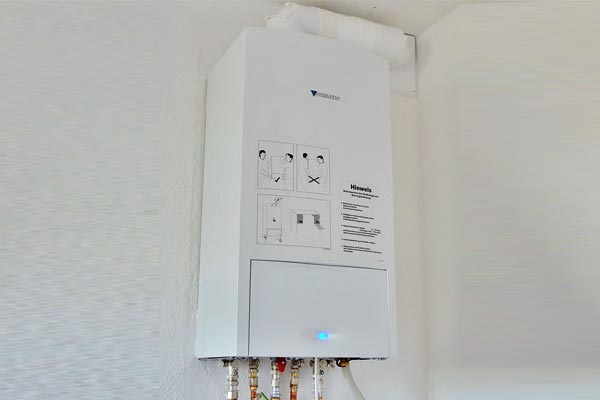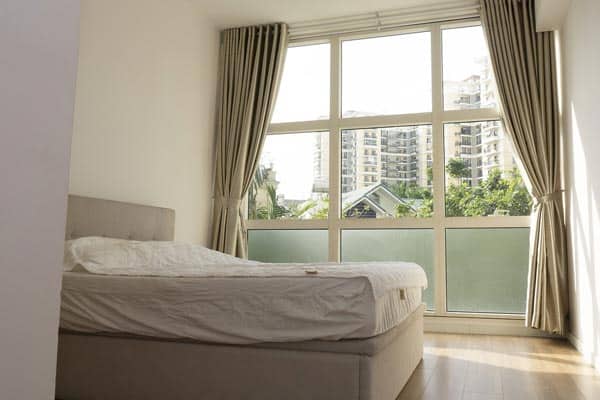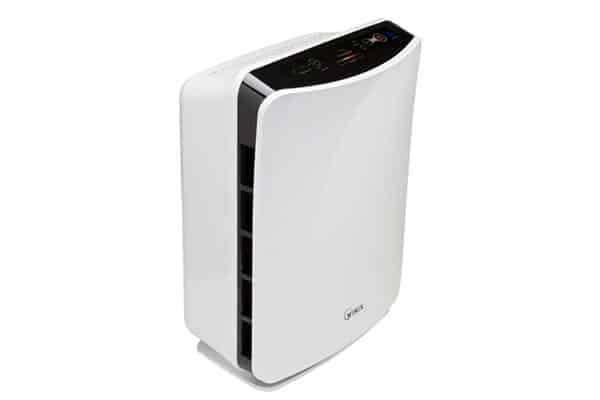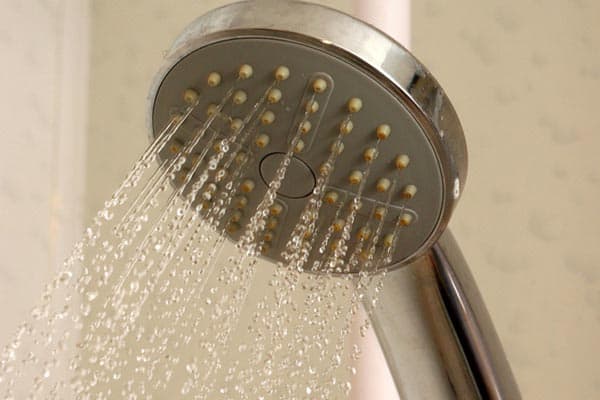Several Ways How to Remove Humidity from a Room Without a Dehumidifier
If you’re trying to take the humidity out of a room, you’d normally go for a dehumidifier. While it’s true that dehumidifiers work great for helping suck moisture out of the room, they can also be very expensive.
You may be surprised to learn that there are several methods you can use to remove the humidity without having a dehumidifier.
How to Remove Humidity From a Room Without a Dehumidifier
You can remove the humidity from your room without a humidifier by opening your doors and windows, getting humidity-lowering houseplants, taking cooler showers, using ceiling fans, opening baking soda, drying clothes outside, using exhaust fans, repairing your walls, and more. It’s a good idea to try several of these methods to find the one that works best for your situation.
We’re going to touch on all of these items and more to help you figure out how you can remove the humidity from your home without buying a dehumidifier.
Some will be more practical for you to try while you may skip over others, or you can use a combination of a few items and see how they work out for you.
Open Doors and Windows
One of the quickest and easiest ways to remove the humidity from your room is to open up your doors and windows.
Opening these areas allows fresh air to come into the home while improving air circulation. You could even get a cross-breeze going to push the humid air out of your home and encourage the cooler air to come in.
Invest in Humidity-Lowering Houseplants
If you’re someone who has a green thumb, you could consider adding a few humidity-lowering house plants around your rooms.
You want to avoid rainforest-type plants because they can increase your humidity levels, and consider introducing the English ivy, peace lily, air plants, or the Boston fern.
If you have pets or kids around, make sure you check the plant’s toxicity levels if they’re in reach, so you don’t have an accident.
Take Colder Showers
Warm or hot showers can easily produce a ton of steam that seeps out of the bathroom and makes your indoor humidity levels go up. Longer showers will produce more hot and humid steam to get out into your home.
To reduce this moisture, you can take cooler showers, consider cracking a window in the bathroom or leave the exhaust fan on for a few more minutes after you finish showering until it pulls most of the moisture out.
Switch on Ceiling Fans
If you rarely turn on your ceiling fans, it’s time to wipe off the dust from the blades and switch them on.
A cooling breeze from the ceiling fan is a great way to evaporate any excess moisture in the air, especially in the room that you have the fan running in. In turn, this can quickly bring your humidity levels down to something more comfortable.
Baking Soda
Baking Soda works very well in your refrigerator to absorb unpleasant odors, but it can also help get rid of excess moisture in the air. Any room in your home that is more humid than others should get a box of open baking soda on the windowsill.
Make sure you check this and switch it out as it starts to harden from the humidity and air exposure because it’ll start to get less effective.
Dry Your Clothes Outside on the Line
Hanging up your wet clothing inside can raise the humidity levels as the clothes dry and release water into the air, especially if your ventilation isn’t good in the room.
The best thing you can do in this scenario is to hang your clothes up outside on the clothesline and allow them to dry in the sun. If you have to use a dryer, make sure it vents outside to push the hot air out.
Switch on Kitchen Exhaust Fans
Cooking or using your oven can increase the heat and humidity in a room, and it can also add unpleasant odors to the space.
Before you start cooking, switch on the exhaust fan and let it run until a few minutes after you finish cooking.
This fan will suck up the moist, hot air and odors and remove them from the house before they have a lot of time to circulate.
Consider Replacing Your Rug
Rugs are magnets for moisture collection, especially when your humidity levels start to climb indoors.
If you notice that your rug feels damp when you walk across it or touch it or it has a moldy smell, you’ll want to clean it and hang it outside until it’s dry.
If it’s too far gone, it may be time to get rid of it and leave the area bare or bring in a new rug.
Repair Your Walls
If you look around and notice any holes or cracks in your walls, these are prime areas for moist air to slip into the house and increase the humidity levels.
It can travel inside during humid and warm weather, and this can cause condensation to form on any materials inside that are cooler than the air coming in.
If you don’t repair the cracks or holes and wipe up the condensation as it forms, you have a higher chance of developing mildew, mold, or rotting wood.
Make a point to regularly check the home’s exterior for problems and patch them as you see them.
Charcoal Briquettes
Having a small container of charcoal briquettes sitting around can help remove moisture and odors from your indoor air.
Look for coconut shell charcoal, buy a bag, and allow it to sit in a basket for two to three months in your more humid rooms to help dry them out.
This type of charcoal has very high absorption power, and it resists crumbling or powdering with higher humidity levels.
How to Tell if Your Humidity Levels are too High Indoors
There are a few ways you can tell if your humidity levels are far too high inside. They include but are not limited to:
Buy a Humidistat
The quickest way to know what your humidity levels are and if they’re too high or not is to purchase and use a humidistat.
Humidity levels that top out around 70% are known to be optimal conditions for mold and dust mite growth, and you want to have your humidity levels fall between 45% and 55% to stay comfortable.
You should always try to keep your home’s relative humidity levels between 40% and 60%.
Mold Spots
Check the rooms in your home that have the higher humidity levels, like in the kitchen and bathroom, for mold spots.
You’ll want to look in areas like the bathtub, shower stall, sink areas, and windowsills. Make a point to check the corners, ceilings, and walls too for mold spots, and you could have a problem if you see dark spots.
Water Run-Off
A number of homes have problems with water leaking inside around the foundation. Go into your basement and see if you can spot any watermarks or damp spots after it rains or the snow melts.
Your basement will get humid, and it can encourage mold growth if you don’t take steps to dry it out quickly.
Musty Smells
The musty smell that is common in humid households is due to mold and mildew growth. Mold produces microbial volatile organic compounds that are a very good indication that you have a problem.
Even if you can’t see visible signs of mildew in your home, it can hide behind wallpaper, inside ventilation and heating ducts, and under your carpeting.
If you smell a musty odor, you’re also almost certainly inhaling mold spores. This can cause a host of health problems like sinus infections, breathing difficulties, migraines, and sore throat.
The most effective way to get rid of both problems is to lower the humidity levels, dry up your problem areas, and have a professional company come in to deal with the mold and mildew.
Water Stains and Damage
Look for water damage on your walls or ceilings and contact a professional to help locate exactly where it’s coming from if you find these spots.
Water stains or damage can be a sign that you have a water leak somewhere in your home, and this can be hard to locate. The excess moisture in the air can increase your humidity.
Bottom Line
You don’t have to live with high humidity levels or go out and purchase an expensive dehumidifier to solve your problem.
We’ve outlined several ways you can remove the humidity from your home and how to identify the problem in the first place.
With this guide, you can get a more comfortable environment in your home all year round






